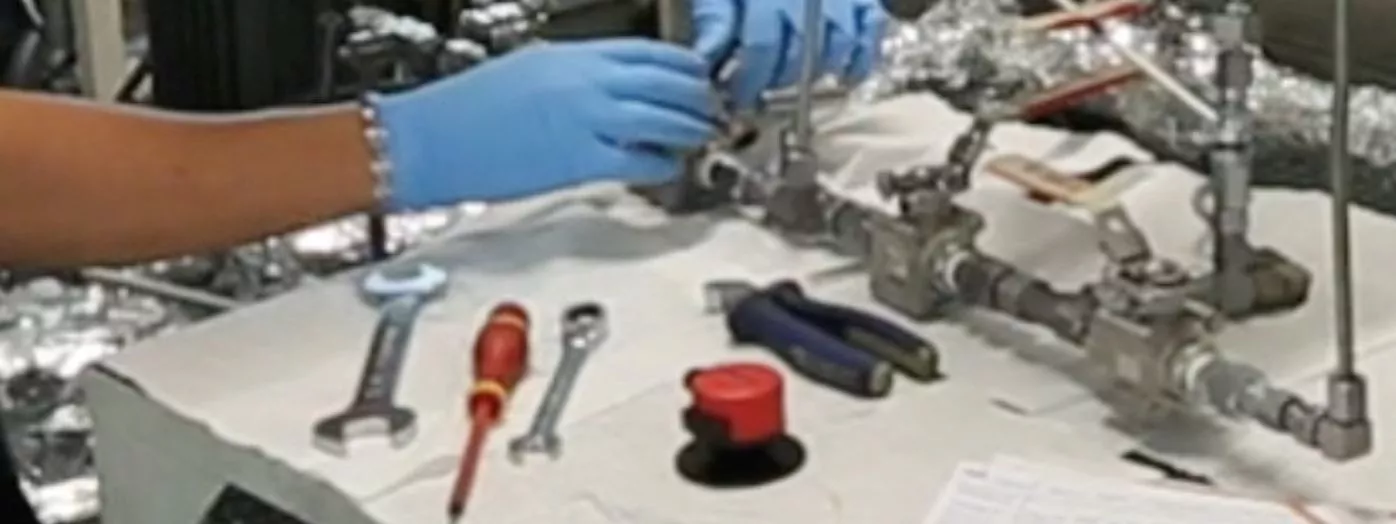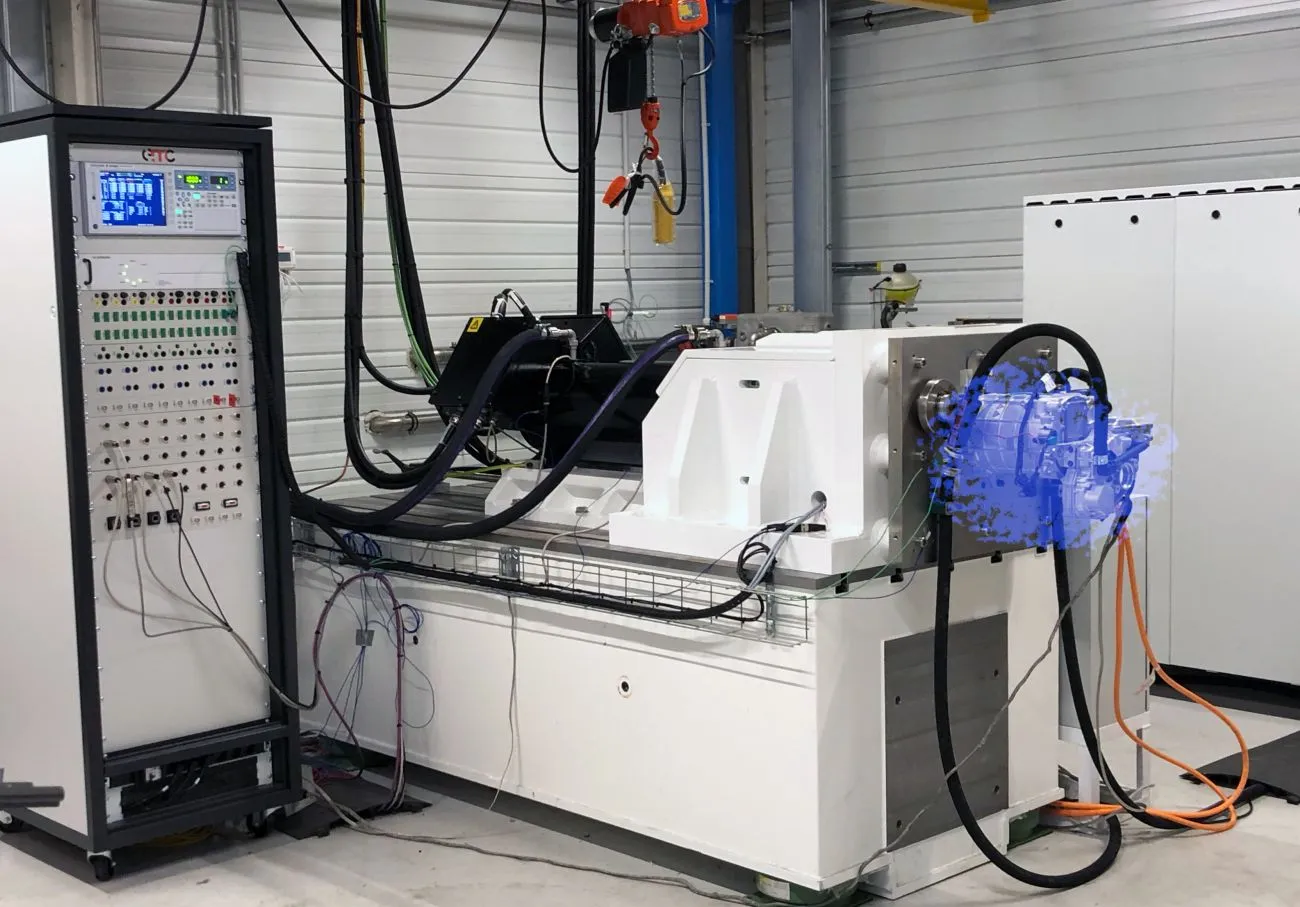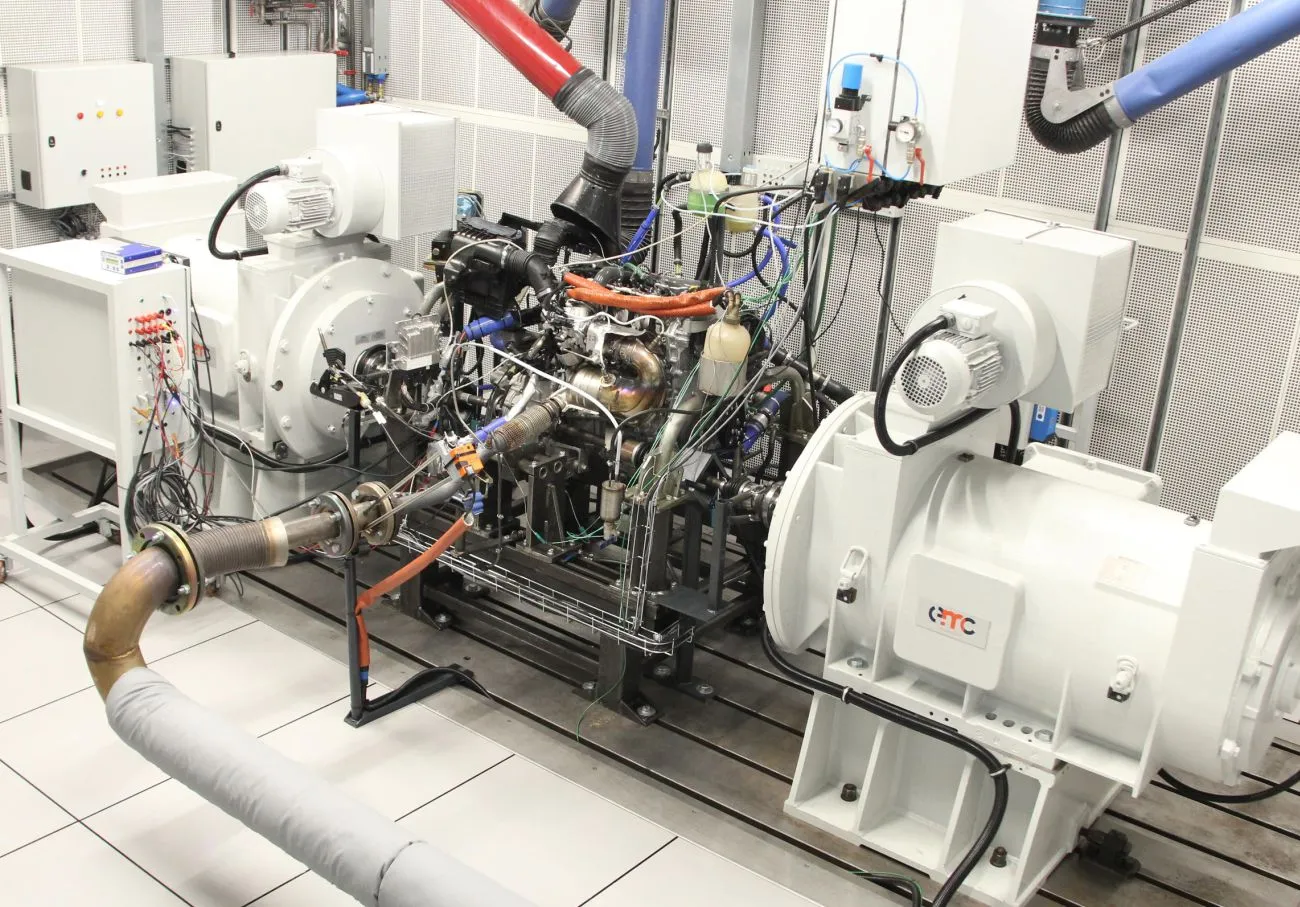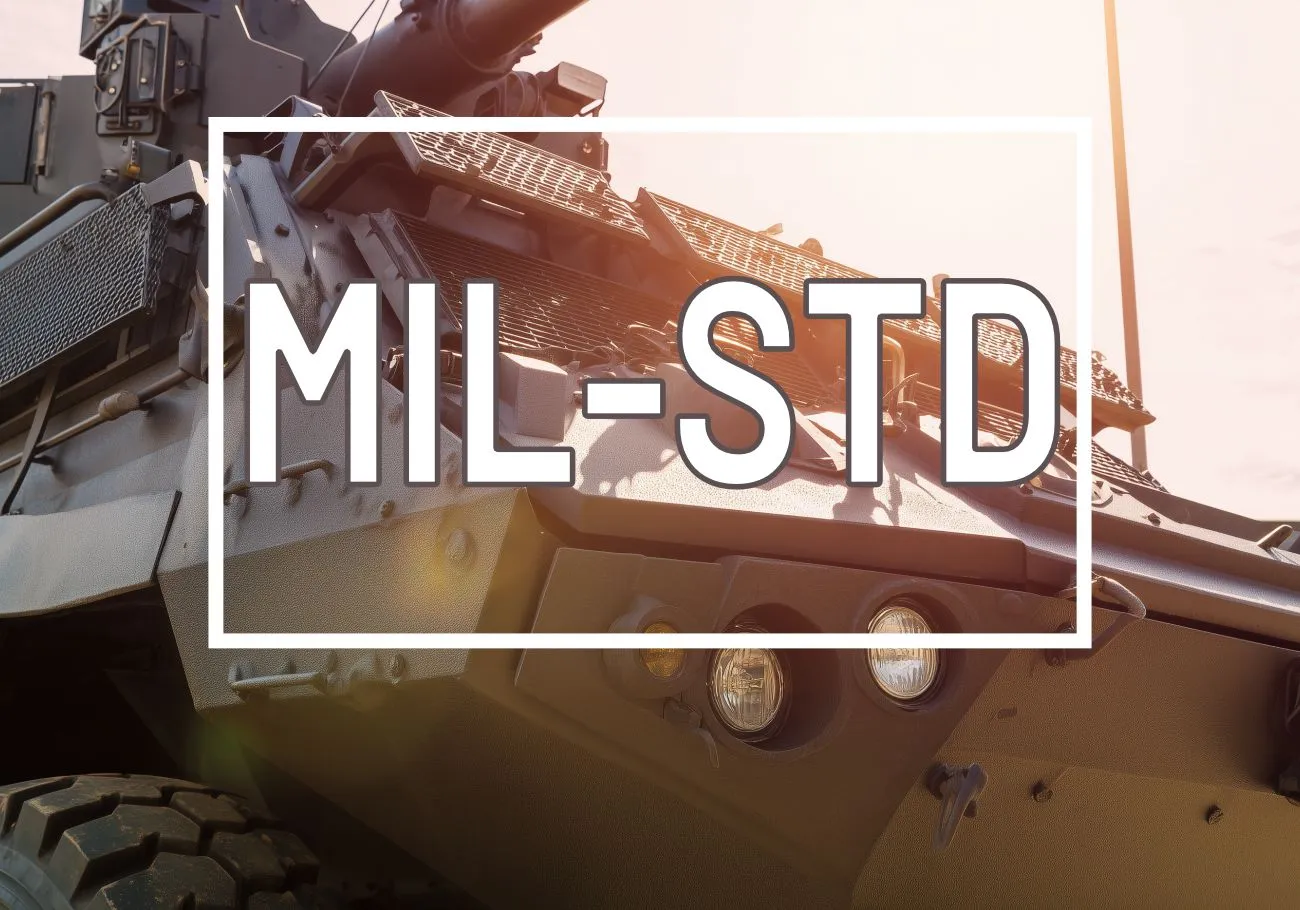Hydraulic, pneumatic and hydrostatic testing
validate the strength and reliability of your equipment
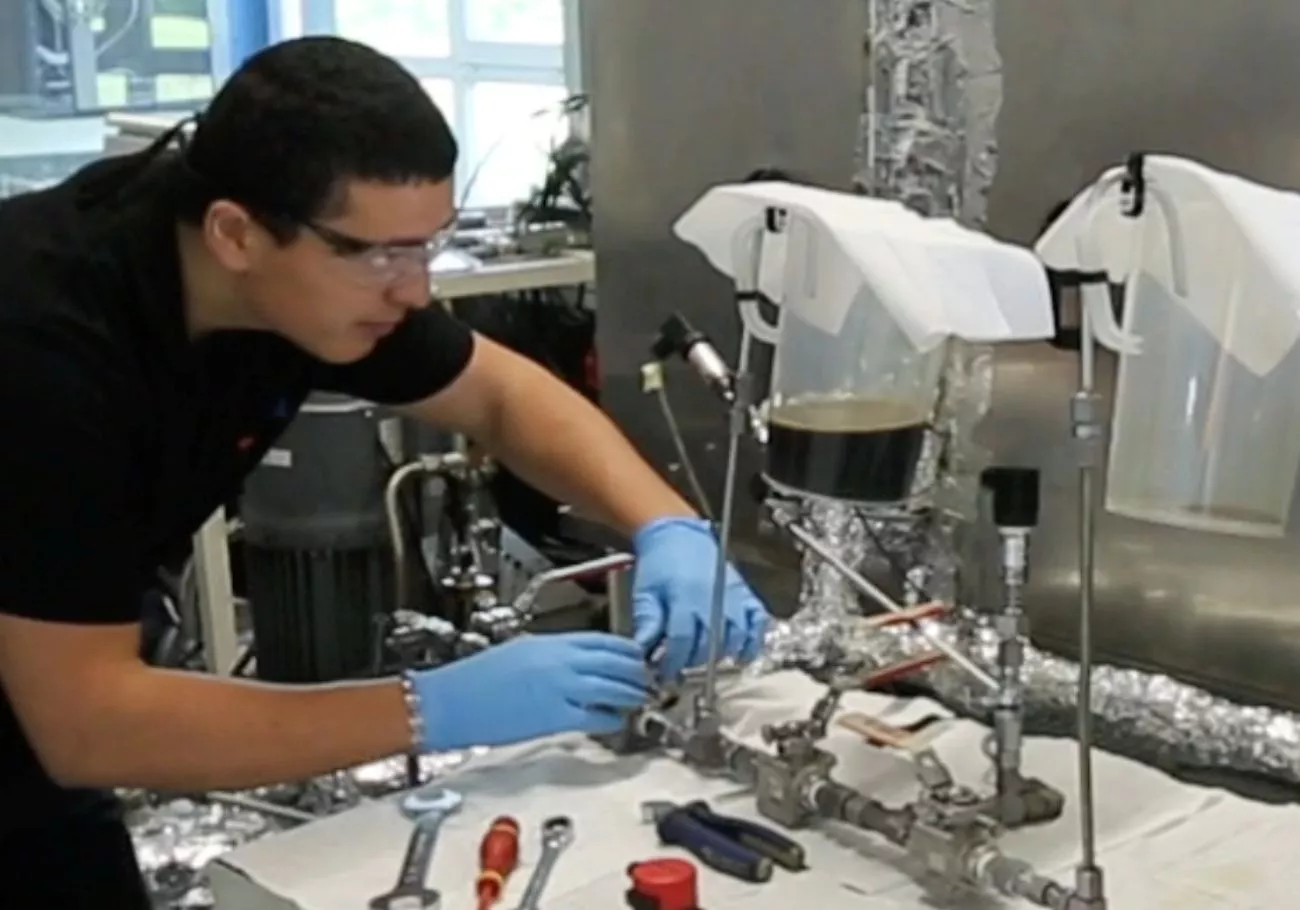
Why carry out hydraulic tests?
- Mechanical strength under pressure (burst and proof pressure).
- Behaviour under pressure pulses (water hammer).
- Equipment operation (characterization tests).
- Hydraulic fatigue resistance.
- Verification of resistance to pressure and temperature cycles.
- Reproduction of real or severe conditions for the automotive, rail, aeronautical and defence industries...
What sectors are involved in these trials?
Our hydraulic testing services
Our laboratories carry out a wide range of tests to simulate the real conditions under which hydraulic equipment is used.
Pressure and mechanical strength tests
- Burst and proof pressure testing.
- Mechanical strength testing under cyclic and static pressure.
- Measurement of temporary or permanent component deformation.
- Circulation under temperature and pressure.
Leak and permeability tests
- Detection and quantification of leaks under different pressures.
- Tests on gaseous fluids (air, nitrogen, helium) and liquids (oil, Skydrol, water).
- Assessment of component integrity after prolonged exposure.
- Pressure drop and permeability analysis.
- Rotary flexure: Verification of component flexibility under hydraulic stress.
- Combined temperature, vibration, and pressure testing: Validation of equipment under multiple environmental stresses.
Hydraulic fatigue and impulse tests
- Cyclic pressure tests to test equipment endurance.
- Pressure impulse tests (water hammer).
- Combined pressure endurance tests (vibration, ambient temperature and fluid).
Characterization tests
- Power measurement of an exchanger
- Leak measurements (tightness of pressurized equipment)
- Pressure drop measurements
- Defrosting tests
- Accuracy measurement of a temperature and pressure sensor
Standards applicable to hydraulic testing
- ISO 6772, AS603, ARP1383C: Standards for hydraulic impulse testing in aeronautics.
- MIL-STD-810, EN ISO 6803: Environmental and mechanical tests for defence.
- NF EN 13445-5: Performance testing of pressure equipment.
Integrate hydraulic testing into product development
- Analysing standards requirements and adapting test protocols.
- Test implementation with customised configurations.
- Interpretation of results and optimisation of products for improved performance.
Needs
Discover a selection of additional resources that explore topics related to this page including regulatory contexts, technical articles, and specific areas of expertise. These materials provide further insight to help you better understand the key challenges and available solutions.
Contact us for a quote
